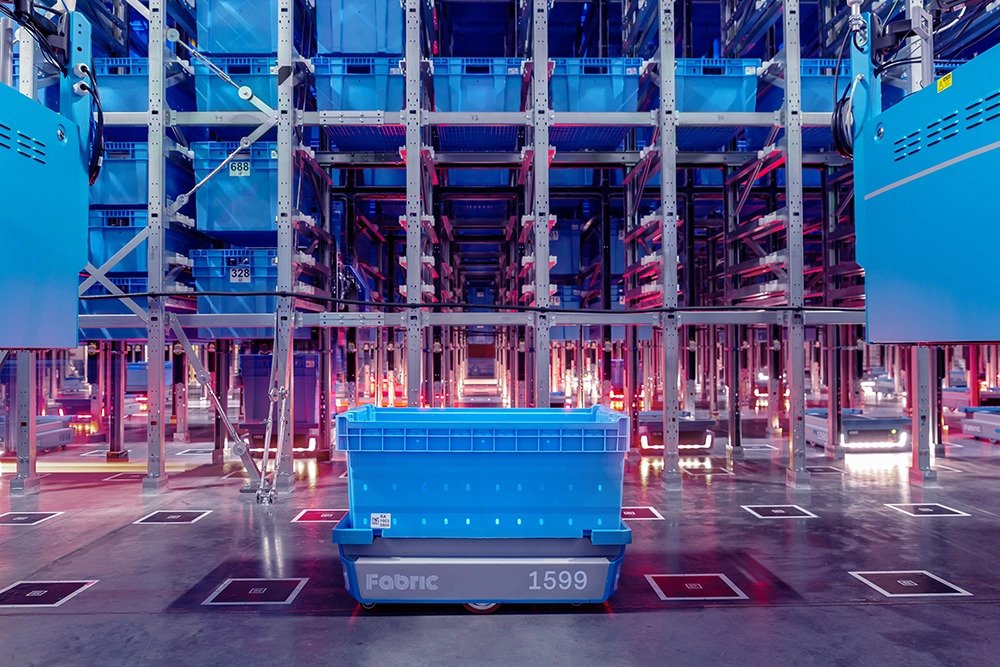
The pandemic has turned up the heat for faster delivery times. In fact, a recent survey from McKinsey found that more than 90% of consumers see a two-to-three-day delivery time as a baseline, with 30% saying they expect same-day delivery. Like modern hybrid workspaces, shopping behaviors of consumers fall on a spectrum from die hard in-store shoppers to people whose favorite hobby could be “add-to-cart”. Retailers have had to adapt to these changing behaviors and keep up with the 2-day or less delivery standard set by Amazon and other big box stores or risk getting left behind.
So what does this trend mean for leasing agents and brokers?
This trend can be a positive for shopping centers that provide facilities for fulfillment centers as they can capitalize on both brick and mortar and ecommerce sales. This has been an especially popular move for underperforming properties with vacant spaces.
But the trend extends further than just filling big box stores with low foot traffic.
Micro-fulfillment sites designed to compliment larger fulfillment sites and speed up delivery times in large urban centers have been rising in popularity.
Blaine Kelley, senior vice president of CBRE’s global supply chain practice in Atlanta, shed some light on this in a recent Commercial Property Executive article:
“You still have massive, million-square-foot facilities being constructed across North America. The retailers and consumer goods companies have to inventory large stock-keeping units (SKUs) and amass those closer and closer to population centers. The large regional facilities are feeding the micro-fulfillment networks, so they’re both being built out at the same time.”
The challenge has been a noticeable gray area on how to classify the different property types. Are these micro fulfillment centers industrial or retail space? Merging use-cases can help landlords, tenants, and cities circumnavigate this issue.
A recent report from a 29-page report, “The Evolution of the Warehouse: Trends in Technology, Design, Development and Delivery,” from MIT Real Estate Innovation Lab takes a deep dive into this trend and mentions that there have been several start-ups that have capitalized on the trend:
“An emerging network of nano-distribution sites—even smaller than MDCs—is filling unconventional space in a relentless push to be closer to consumers. Instead of displaying items for passing customers, vacant storefronts are becoming storerooms and delivery depots for businesses that have moved entirely online. New York City-based startup Bond recently raised an additional $15 million to expand its network of “mini warehouses” for last-mile delivery.”
While these fulfillment centers are still a very green trend, any product-based business whether a large direct-to-consumer like Away or a mom and pop candle shop with a few locations could benefit from these micro centers.
Looking to see how you can reach more local businesses and keep up with the latest trends? Get in touch for a demo today.


